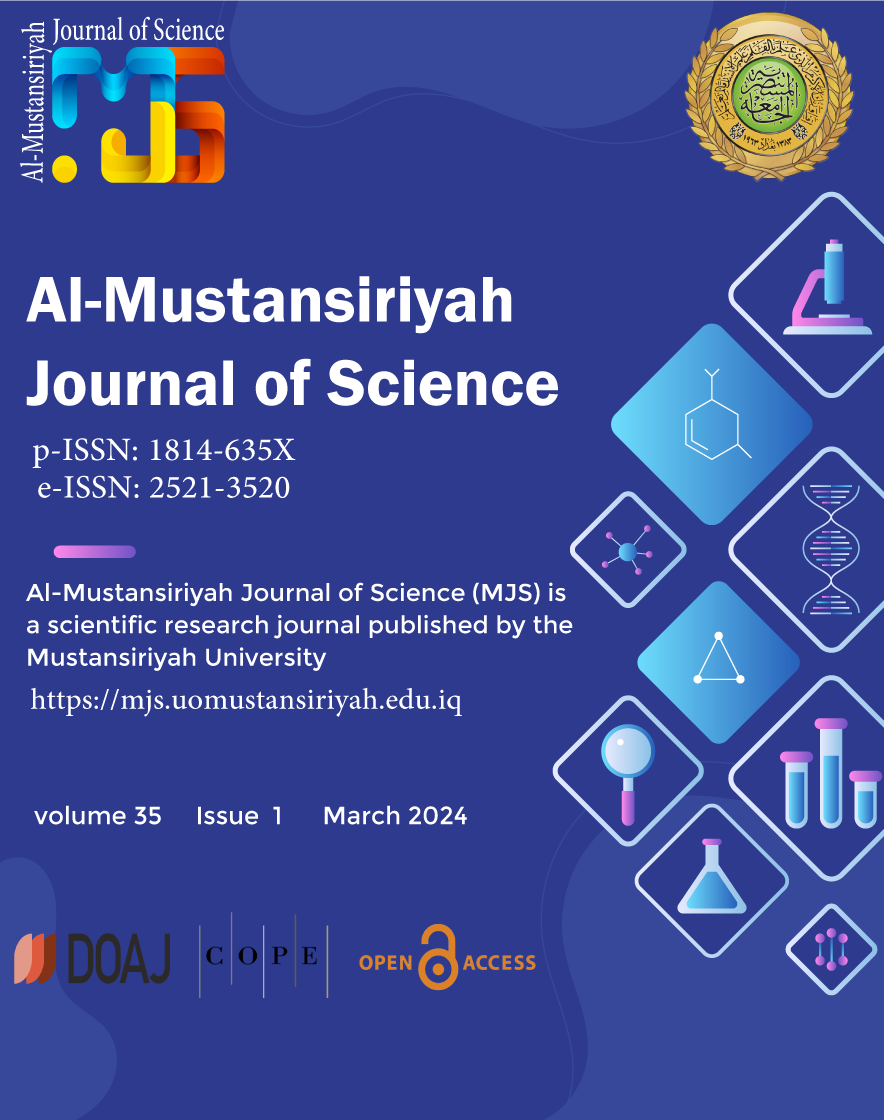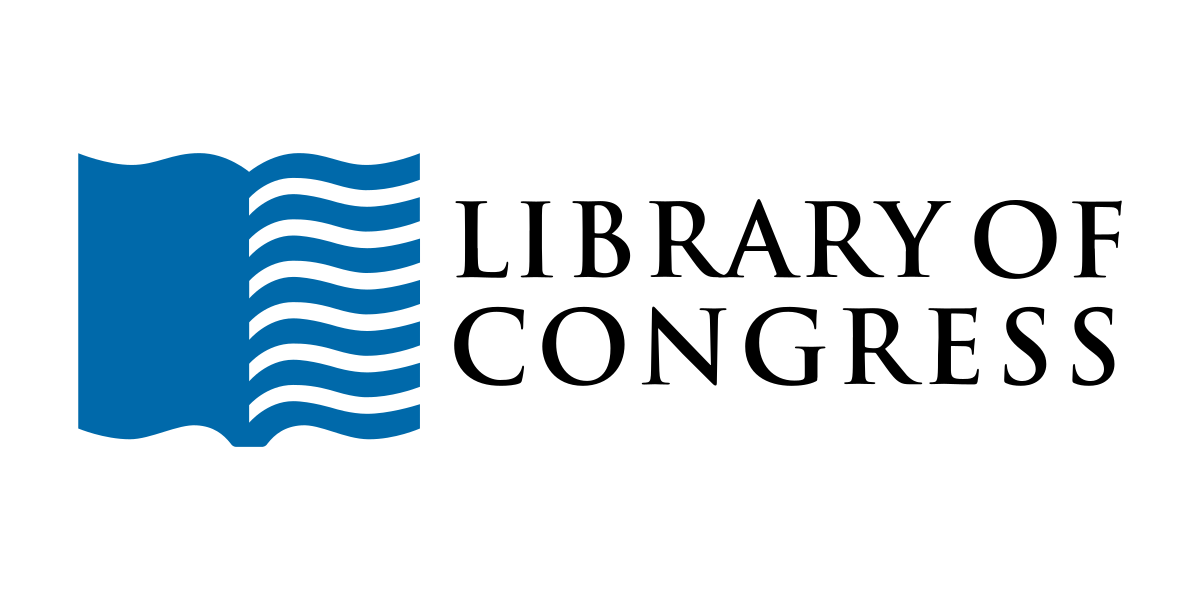Effectiveness of Pseudomonas Aeruginosa in Destruction of Harmful Lipids in Lipidemia Patients
DOI:
https://doi.org/10.23851/mjs.v35i1.1427Keywords:
Pseudomonas aeruginosa , Cholesterol, Triglycerides, LipidemiaAbstract
Pseudomonas aeruginosa is a type of harmful microorganism that belongs to a large group of Gram-negative bacteria, these bacteria can secrete many extracellular enzymes such as microbial lipase and oxidase that act on certain lipids. This study aims to activate certain enzymes of P. aeruginosa like lipase and oxidase in order to decrease high plasma triglycerides and cholesterol in lipidemia patients. Serum can also be used due to the fact that lipids are found in both serum and plasma. Five ml. of blood were collected from 100 lipidemia patients at Baghdad Teaching Hospital laboratories in Medical city, P. aeruginosa was isolated from medical wastes; cultured on bacterial media, gram stained and biochemically tested in vitro. Methods depend on inoculation of bacterial broth containing colonies of P. aeruginosa adjusted to McFarland standard turbidity with 50% of blood plasma were added, then cultures were incubated at 37°C for 6 days, activation of bacterial lipase and oxidase were done during the incubation period by addition of certain activators to the broth like glycogen liquid. The results showed that 100% of patients had cholesterol <200 mg/dl and 99% of patients had normal triglyceride level (<200mg/dl) after bacterial inoculation and activation of microbial lipase and oxidase. As conclusion, the high plasma lipids level of patients was decreased four times by P. aeruginosa may be due to the activation of microbial lipase and oxidase which could needs to future research to extract them and used them as treatment for these cases.
Downloads
References
Y. W. A. Abed. Pseudomonas aeruginosa: Uncommon Cause of Bacterial Meningitis. Iraqi Journal of medical sciences, vol. 14, no. 1, pp. 93-95, 2016.
S. Malhotra, Jr. D. Hayes and D. J. Wozniak.Cystic Fibrosis and Pseudomonas aeruginosa: the Host-Microbe Interface. American society for microbiology Journals,Clinical Microbiology Reviews; vol. 32, no. 3, pp.1-46. 2019.
M. M. Khadim and M. F. AL Marjani. Pyocyanin and Biofilm Formation in Pseudomonas aeruginosa Isolated from Burn Infections in Baghdad, Iraq. Jordan Journal of Biological Sciences, vol. 12, no. 1, pp.31-35.2019.
I. J. Kareem and I. Y. Rasheed, Antibiotic Susceptibilities of Gram Negative Aerobic Bacteria Isolated from Urinary Tract Infections in Community. Iraqi Journal of medical sciences, vol. 9, no. 4, pp.295-300. 2021.
I. G. AL-Grawi, S. A. Belal and A. K. Al-Abasi. Metallo-β-lactamase production by pseudomonas aeruginosa of septicemic patients. Journal of Faculty Medicine Baghdad, vol. 53, no. 4, pp. 424-427.2011.
Z. Pang, R. Raudonis, B. R Glick, Tong-Jun Lin, Zhenyu Cheng. Antibiotic resistance in Pseudomonas aeruginosa: mechanisms and alternative therapeutic strategies. Biotechnology Advances journal, vol. 37, no. 1, pp.177-192.2019.
K. Hnin, C. Nguyen, K. V Carson, D. J Evans, M. Greenstone and B. J Smith. Prolonged antibiotics for nonâ€cystic fibrosis bronchiectasis in children and adults. Cochrane Database of Systematic Reviews, vol. 8, no. CD001392, pp.1-107.2015.
E Mobarak-Qamsari, R Kasra-Kermanshahi and Z Moosavi-nejad. Isolation and identification of a novel, lipase-producing bacterium, Pseudomnas aeruginosa KM110. Iran journal of Microbiology, vol. 3, no. 2, pp. 92-98. 2011.
S.Gopinath, P.Anbu and Azariah.H. Strategies to Characterize Fungal Lipases for Applications in Medicine and Dairy Industry. BioMed Research International, Vol. 2013, no. 154549, pp.1-10.2013.
R.Gupta,N. Gupta and P. Rathi. Bacterial lipases: an overview of production, purification and biotechnological properties. Applied Microbiology and Biotechnology, vol. 64, no. 6, pp.763-81.2004.
A. H. Al -saa'edi, M. CH. Al - Abaadi, J. M. Karhoot and S. A. Funtil . Experimental Study the role of LasA Protease of Pseudomonas aeruginosa in the Treatment of Bacterial Keratitis Caused by Staphylococcus aureaus . Journal of the Faculty of Medicine Baghdad, vol. 57, no. 2, pp. 164-169, 2015.
W. Chu. Tumor necrosis factor.Cancer Lett, vol. 328, no. 2, pp.222-5, 2013.
S. Sharma and S. S. Kanwar. Organic Solvent Tolerant Lipases and Applications. Scientific World Journal, vol. 2014, no. 25258, pp. 1-15.2014.
N. Ram, S. Vineeta, S. Rajbir, T.Divya and C K M Tripathi. Production, purification and characterization of cholesterol oxidase from a newly isolated Streptomyces sp. World. Journal of Microbiology and Biotechnology, vol. 29, no. 11, pp.2077-85. 2013.
L. Kumari and S. S. Kanwar. Cholesterol Oxidase and Its Applications. Advances in Microbiology, vol. 2, no. 2, pp.49-65.2012.
H. Wali, F.U. Rehman, A. Umar and S. Ahmed. Cholesterol Degradation and Production of Extracellular Cholesterol Oxidase from Bacillus pumilus W1 and Serratia marcescens W8. BioMed Research International, vol. 2019, no. 1359528, pp. 1-9.2019.
K.P. Kim, C.H. Rhee and H.D. Park . Degradation of cholesterol by Bacillus subtilis SFF34 isolated from Korean traditional fermented flatfish. Applied microbiology, vol. 35, no. 6, pp. 468-472.2002.
A. Didhiti, R. Dhevang, T. Shreyas, B., Prachi and S. Rathod. Isolation of Pseudomonas species from soil sample for production of Pyoverdine and evaluation of its potential as an antimicrobial agent. International Journal of Scientific Research in Science and Technology, vol. 8, no. 5, pp.355-361.2021.
A. Khatape, S. Chavan, S. Khade. and N. Doiphode. Isolation and Identification of Lipid Degrading Micro-Organisms, Optimization of Medium and Partial Purification of the Lipase Enzyme. International Journal of Life Sciences Research, vol. 3, no. 1, pp. 93-103.2015. Available at: www.researchpublish.com.
J. L. GarcÃa, I. UhÃa and B. Galán. Catabolism and biotechnological applications of cholesterol degrading bacteria.Microbial Biotechnology, vol. 5, no. 6, pp. 679-699.2012.
S saranya, S Shekinah, T Rajagopal, J Vijayakumar and P Ponmanickam. Isolation and Characterization of cholesterol degrading bacteria from soap and vegetable oil industrial waste. Indian Journal of Biotechnology, vol. 13, no. 4, pp. 508-513.2014.
E. Jubete, O. A. Loaiza, E. Ochoteco, J. A. Pomposo, H. Grande and J. Rodrıguez. Nanotechnology: A Tool for Improved Performance on Electro-chemical Screen Printed (Bio)Sensors. Journal of Sensors, Vol. 2009, no. 842575, pp. 1-13.
A. K. Sharma, V. Sharma and Jyoti Saxena. A review on microbial lipase applications. International Journal of Biotech Trends and Technology (IJBTT), vol. 19, no. 1, pp. 1-5. 2016.
P. Chandra, E. R. Singh, and P. K. Arora. Microbial lipases and their industrial applications: a comprehensive review. Microbiology Cell Factories, vol. 19, no.1, pp.1-42.2020.
L. A. Johnson, I. R. Beacham, I. C. MacRae, and M. L. Free. Degradation of triglycerides by a pseudomonad isolated from milk: molecular analysis of a lipase-encoding gene and its expression in Escherichia coli. Applied and Environmental Microbiology, vol. 58, no. 5, pp.1776-9. 1992.
Downloads
Key Dates
Received
Revised
Accepted
Published
Issue
Section
License
Copyright (c) 2024 Al-Mustansiriyah Journal of Science

This work is licensed under a Creative Commons Attribution-NonCommercial 4.0 International License.
Articles accepted for publication in Al-Mustansiriyah Journal of Science (MJS) are protected under the Creative Commons Attribution 4.0 International License (CC BY-NC). Authors of accepted articles are requested to sign a copyright release form prior to their article being published. All authors must agree to the submission, sign copyright release forms, and agree to be included in any correspondence between MJS and the authors before submitting a work to MJS. For personal or educational use, permission is given without charge to print or create digital copies of all or portions of a MJS article. However, copies must not be produced or distributed for monetary gain. It is necessary to respect the copyright of any parts of this work that are not owned by MJS.













